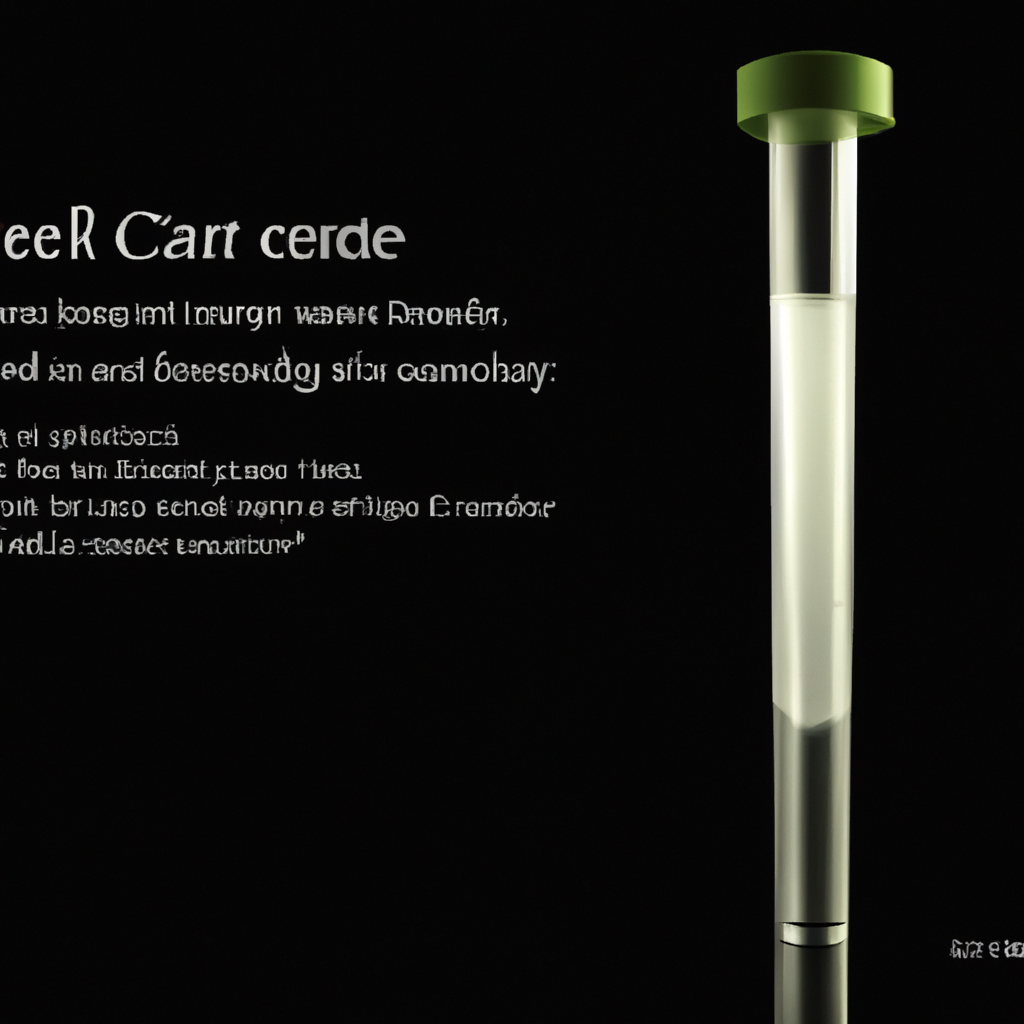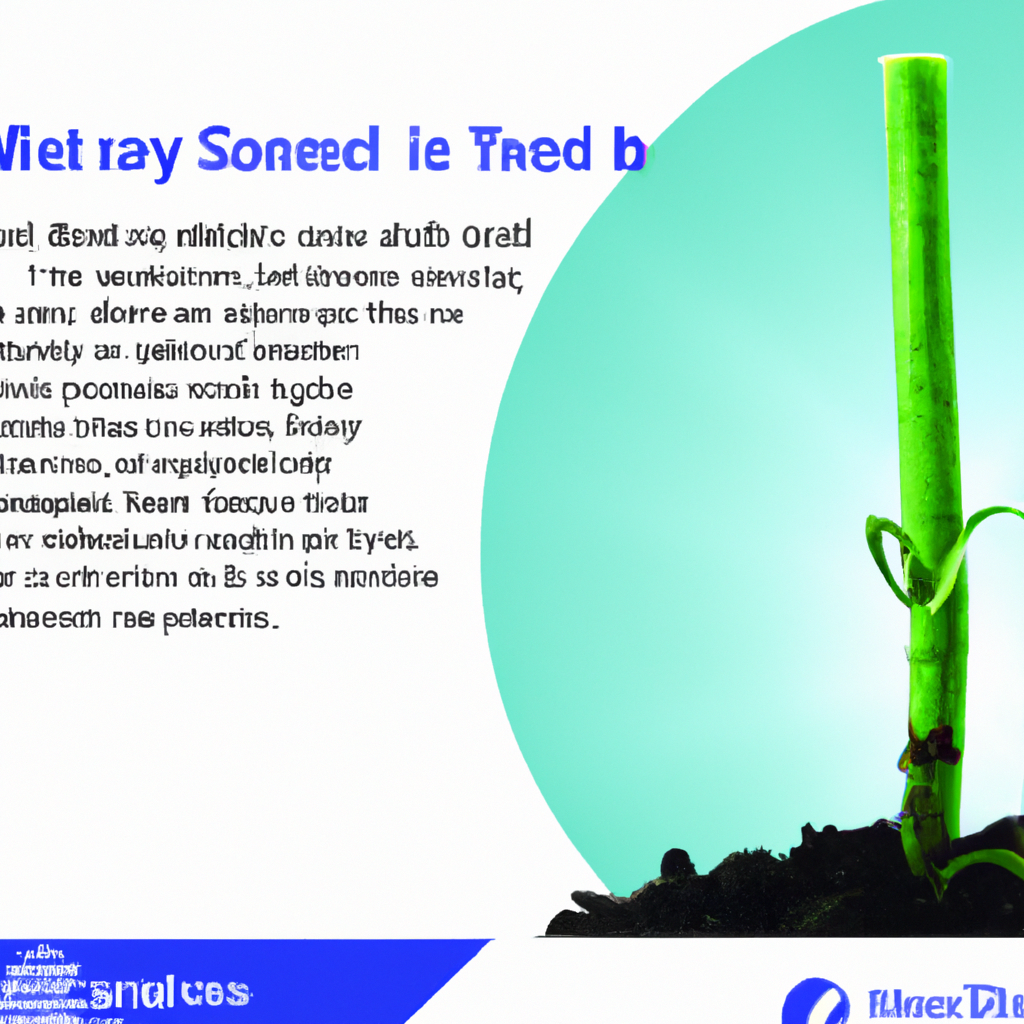In Malaysia, there is a growing interest in the potential benefits of stem cell therapy for cancer. This innovative treatment approach offers hope to patients and their families, providing a new avenue in the fight against this devastating disease. However, as with any medical intervention, it is crucial to consider the potential risks associated with stem cell therapy. In this article, we will explore the potential risks and benefits of stem cell therapy for cancer in Malaysia, shedding light on this exciting field and highlighting the importance of informed decision-making when considering this treatment option. So, if you’re curious about the potential risks and benefits of stem cell therapy for cancer in Malaysia, keep reading and let’s dive into this fascinating topic together.
Potential Risks and Benefits of Stem Cell Therapy for Cancer in Malaysia

Introduction to Stem Cell Therapy for Cancer
Stem cell therapy is a groundbreaking approach in the field of cancer treatment, offering potential benefits and hope for patients. Stem cells have the unique ability to differentiate into various specialized cell types, making them valuable tools for regenerative medicine. In the context of cancer treatment, stem cell therapy aims to harness the regenerative potential of stem cells to target and eliminate cancer cells, while also promoting the regeneration of healthy cells and tissues.
Understanding the Risks of Stem Cell Therapy
While stem cell therapy holds promise, it is crucial to be aware of the potential risks involved. These risks should be thoroughly evaluated and discussed with healthcare professionals to make informed decisions about treatment options. Some of the key risks associated with stem cell therapy for cancer in Malaysia include:
1. Risk of Tumor Formation
One significant concern with stem cell therapy is the potential risk of tumor formation. Stem cells possess self-renewal capabilities, which means they can divide and replicate themselves. If not carefully controlled, this unrestricted growth can lead to the formation of tumors. It is vital to ensure the stem cells used in therapy are thoroughly evaluated and characterized to minimize the risk of tumor development.
2. Immune Rejection
Stem cell therapy involves the transplantation of cells into the patient’s body. However, there is a possibility of the immune system recognizing these transplanted cells as foreign and mounting an immune response against them. This can result in rejection of the stem cells and render the therapy less effective. Steps should be taken to carefully match the donor and recipient to minimize the risk of immune rejection.

3. Infection
As with any invasive medical procedure, there is a risk of infection associated with stem cell therapy. During the transplantation process, the patient’s immune system may be compromised or weakened, making them more susceptible to infections. Proper sterilization techniques and stringent infection control measures should be implemented to minimize the risk of infections.
4. Graft Failure
In some cases, the transplanted stem cells may fail to engraft or integrate into the patient’s body successfully. This can result in graft failure, where the therapeutic benefits of the stem cell therapy are not realized. Close monitoring and follow-up care are essential to identify and address any signs of graft failure promptly.

5. Blood Clotting
Stem cell therapy may involve procedures that can increase the risk of blood clotting. Some patients may require catheter insertion or surgical interventions to deliver the stem cells to specific locations within the body. These procedures can potentially lead to blood clot formation, which may have adverse health consequences. Precautionary measures, such as anticoagulant therapy and careful monitoring, should be taken to mitigate this risk.
6. Pain and Discomfort
Certain stem cell therapies may involve invasive procedures, such as bone marrow aspiration or biopsy. These procedures can cause pain and discomfort for the patient. Adequate pain management strategies should be implemented to ensure the patient’s comfort throughout the treatment process.

7. Side Effects of Chemotherapy and Radiation
Stem cell therapy is often used in conjunction with other cancer treatments like chemotherapy and radiation. While these treatments can be effective in targeting cancer cells, they also come with their own set of side effects. It is important to consider the potential cumulative impact of these treatments on the patient’s overall well-being and quality of life.
8. Misleading or Unreliable Treatment Claims
In the field of stem cell therapy, it is crucial to be vigilant against misleading or unreliable treatment claims. The growing popularity of stem cell therapy has attracted unscrupulous individuals offering unproven or unregulated treatments. It is essential to consult reputable healthcare professionals and ensure the legitimacy and safety of any stem cell therapy being considered.

Understanding the Benefits of Stem Cell Therapy
Despite the potential risks, stem cell therapy for cancer in Malaysia offers several notable benefits, which make it an attractive treatment option for many patients. Some of these benefits include:
1. Potential for Curative Treatment
Stem cell therapy holds the potential for curative treatment of certain types of cancer. By specifically targeting cancer cells and promoting the regeneration of healthy tissues, stem cell therapy offers the possibility of eradicating cancerous growths and achieving long-term remission.
2. Reduction in Side Effects
Compared to traditional cancer treatments like chemotherapy and radiation therapy, stem cell therapy offers the potential for reduced side effects. The use of targeted stem cells can minimize damage to healthy tissues and organs, resulting in a lower risk of debilitating side effects like hair loss, nausea, and immune suppression.
3. Enhanced Regeneration and Repair
The regenerative capabilities of stem cells offer the potential for enhanced regeneration and repair of damaged tissues caused by cancer and its treatments. Stem cells can promote the growth of new, healthy cells, supporting the body’s recovery and restoration processes.
4. Tailored and Personalized Treatment
Stem cell therapy can be tailored and personalized to each patient’s unique needs. By utilizing a patient’s own stem cells or carefully matched donor cells, treatment can be customized to target the specific characteristics of their cancer. This individualized approach enhances the effectiveness of therapy and may lead to better treatment outcomes.
5. Potential for Combining Therapies
Stem cell therapy can be combined with other treatment modalities, such as chemotherapy or radiation therapy, to create a comprehensive and synergistic approach. The combination of therapies may enhance the overall efficacy of treatment and improve patient outcomes.
6. Improved Quality of Life
Stem cell therapy has the potential to improve the quality of life for cancer patients. By targeting cancer cells and reducing the side effects of traditional treatments, patients may experience improved overall well-being, increased energy levels, and a better ability to engage in daily activities and enjoy life.
7. Research Advancements and Clinical Trials
The field of stem cell therapy is constantly evolving, with ongoing research advancements and clinical trials. Malaysia has been actively involved in stem cell research and has established a strong framework for conducting clinical trials. This presents opportunities for patients to participate in groundbreaking research and potentially benefit from the latest developments in stem cell therapy.
Regulatory Framework and Oversight in Malaysia
In Malaysia, stem cell therapy for cancer is regulated by the National Pharmaceutical Regulatory Agency (NPRA) and the Medical Device Authority (MDA) under the Ministry of Health. These regulatory bodies ensure that stem cell treatments meet the necessary safety and efficacy standards. It is important for patients to seek treatment from licensed and accredited healthcare providers who adhere to these regulations.
Conclusion
Stem cell therapy for cancer in Malaysia holds tremendous potential but also comes with inherent risks that need to be carefully considered. By understanding both the risks and benefits associated with this innovative treatment approach, patients can make informed decisions in consultation with their healthcare professionals. Ongoing research, advancements in technology, and a robust regulatory framework in Malaysia contribute to the evolution and advancement of stem cell therapy, offering hope for improved outcomes and quality of life for cancer patients.




